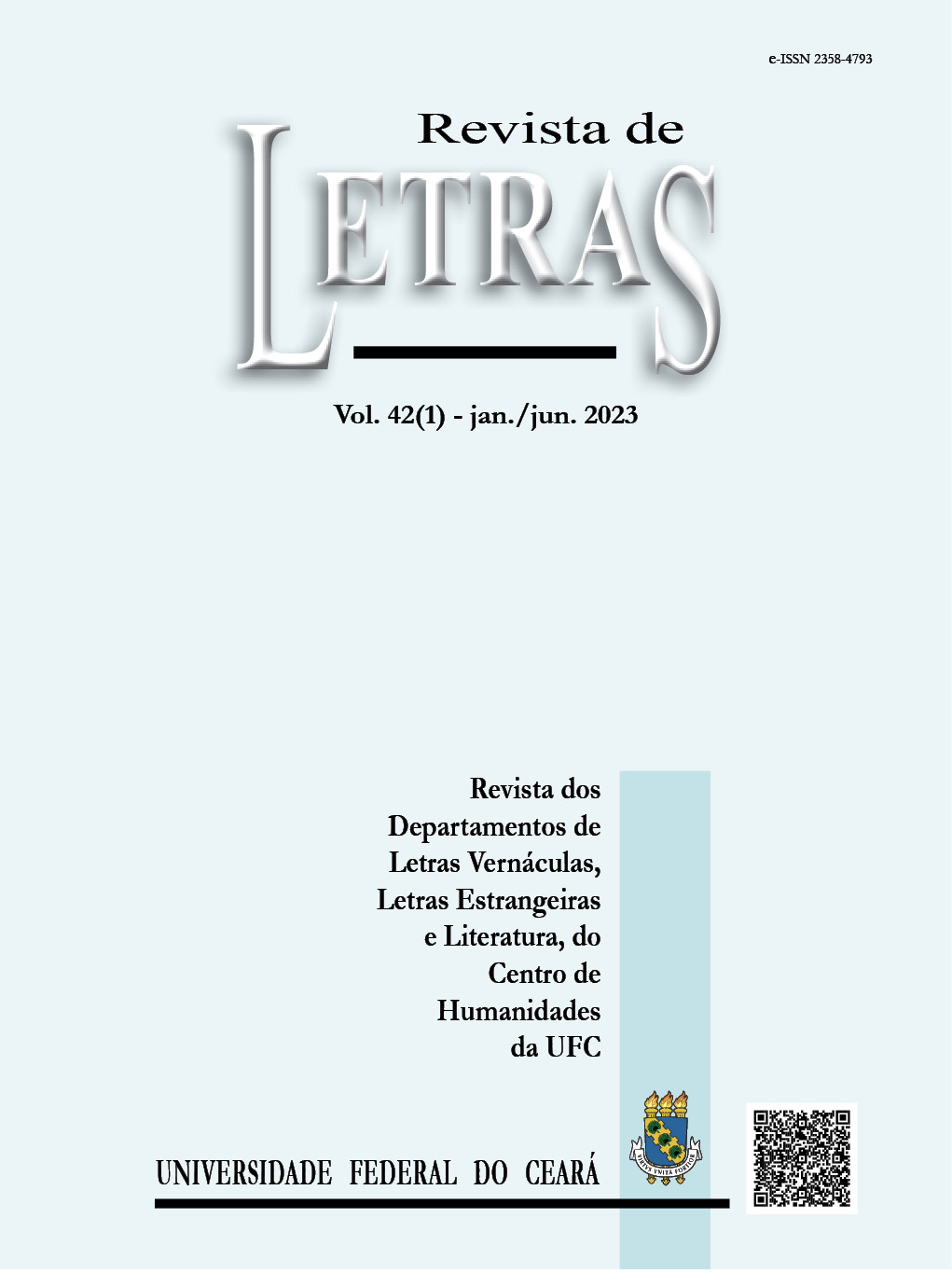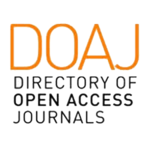THE RAVEN: EXEMPLO DE TRADUÇÃO INTERSEMIÓTICA PARA UM JOGO ELETRÔNICO
DOI:
https://doi.org/10.36517/revletras.42.1.17Abstract
This article presents an excerpt from the intersemiotic translation of the poem “The Raven”, by Edgar Allan Poe for a GDD (game design document. We start from the point of view that translation is a phenomenon of everyday culture, as the theory of Semiotics of Culture (Torop, 2000) allows us to understand. Within the flow of texts that make up Culture, the same text (or the same message) can appear in different ways, means, materialities, resulting in the dissemination of the message in different spheres of culture. Making an intersemiotic translation of a verbal text for a game proved to be an interesting translation exercise, particularly in the case of the poem “The Raven”, which has the characteristic of being based on the pain of the lyrical self, bringing the focus of the action to the monologue of the game. I-lyrical disguised as dialogue. The verbal text thus assumes great importance in the construction of the game. However, the game has a multimodal nature, which forces the translator to fill in spaces. Another challenge that arose was that of creating game mechanics, that is, meeting the demands of the medium to which the original text is being transposed. We hope that our translation proposal will contribute to the reflection on intersemiotic translation in general.
Downloads
Downloads
Published
How to Cite
Issue
Section
License
Copyright (c) 2023 Revista de letras

This work is licensed under a Creative Commons Attribution 4.0 International License.
Autores que publicam nesta revista concordam com os seguintes termos:- Autores mantêm os direitos autorais e concedem à revista o direito de primeira publicação, com o trabalho simultaneamente licenciado sob a Licença Creative Commons Attribution que permite o compartilhamento do trabalho com reconhecimento da autoria e publicação inicial nesta revista.
- Autores têm autorização para assumir contratos adicionais separadamente, para distribuição não-exclusiva da versão do trabalho publicada nesta revista (ex.: publicar em repositório institucional ou como capítulo de livro), com reconhecimento de autoria e publicação inicial nesta revista.
- Autores têm permissão e são estimulados a publicar e distribuir seu trabalho online (ex.: em repositórios institucionais ou na sua página pessoal) a qualquer ponto antes ou durante o processo editorial, já que isso pode gerar alterações produtivas, bem como aumentar o impacto e a citação do trabalho publicado (Veja O Efeito do Acesso Livre).

.png)






.png)
